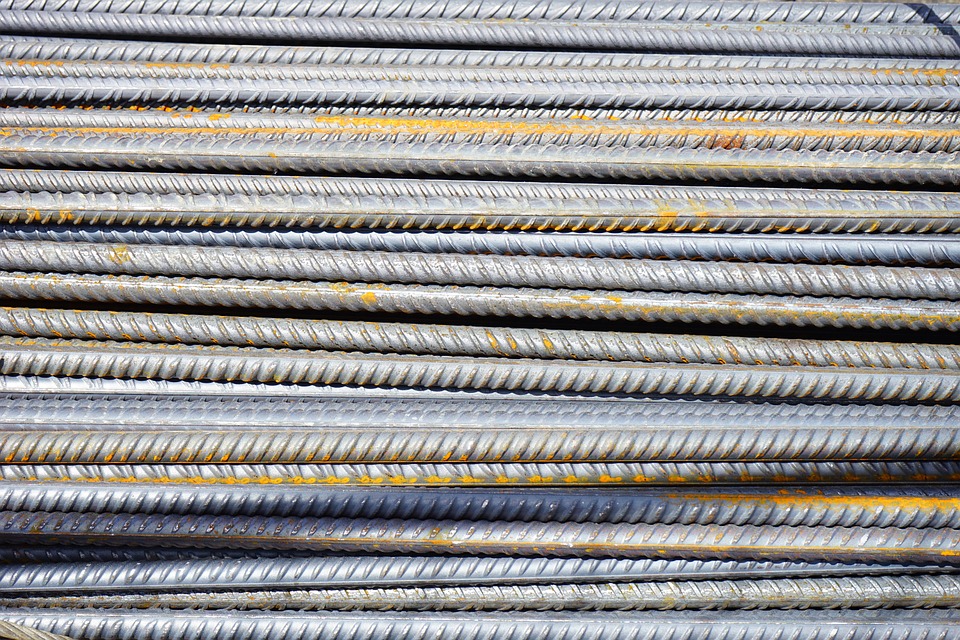Nearly every metallic appliance in the modern society is either made from steel or made using steel. From giant infrastructures such as railways or metro systems and bridges to the smallest household appliances like knives and needles, steel is always there wherever we are, touching our everyday lives through the myriad of consumer goods that we can barely live without.

Other than being extremely ubiquitous, steel plays a central role in the global move to securing a sustainable future.
1) Steel is 100 percent recyclable
Steel has a unique ability to be completely recycled, over and over – and is the only material that is truly recycled through a fully efficient closed-loop method. Recycling this material helps eliminate the large amounts of energy, emissions, and waste associated with extracting the iron ore, limestone, and coal that are used for creating steel.
Creating steel appliances out of a recycled material saves up to 75percent of energy compared to producing the same from its raw form. Since there is no limit to the number of times that steel can be recycled without compromising its quality, reusing the amounts of steel that are currently in circulation can conserve unimaginable amounts of fossil fuel which are actually fast depleting.
With a material that can be recycled practically endlessly, you can be sure that none of it will ever be a landfill problem as long as there is careful planning. This cuts CO2 emissions and environmental degradation by substantial figures.
2) Sustainable building and construction material
In the construction industry, steel provides the one most valuable aspect: longevity. Steel is extremely durable, making steel structures to be exceptionally long-lasting and safe for use through generations to come.
The material is at the center of sustainable building technology, ensuring that buildings and other critical infrastructures such as bridges and electric grids can withstand earthquakes and other calamitous and potentially devastating occurrences.
Additionally, steel possesses characteristics that enable the construction industry to easily respond to the pressing need for green, eco-friendly buildings and construction techniques. Construction with lightweight steel such as from VarnerPipe.com, in particular, provides low-energy, thermally responsive buildings which are easier to reconfigure, in addition to being more efficient to put up.
3) Sustainable, low energy transport
There is also the beautiful fact that steel is continually undergoing development for the better. Today there are novel advances in the production and refinement of steel to attain better performance characteristics and suitability for even more sustainable uses.
One of the areas of application of improved steel is in the manufacture of sustainable, low energy vehicles. These newly improved steels are making cars not only lighter but also more fuel efficient – all the while maintaining the safety and cost-efficiency of the manufacturing process as well as the final product.
Additionally, there are also advancements in steel that are helping to make rail transport far more sustainable, with reduced track downtime and minimal maintenance.
Conclusion
As you can see, steel is at the heart of the society. It carries the promise of a safer future in many ways. Since it is one of the most affordable, readily available durable building materials on earth, it is safe to say that steel is only as priceless as any gem on the planet.
